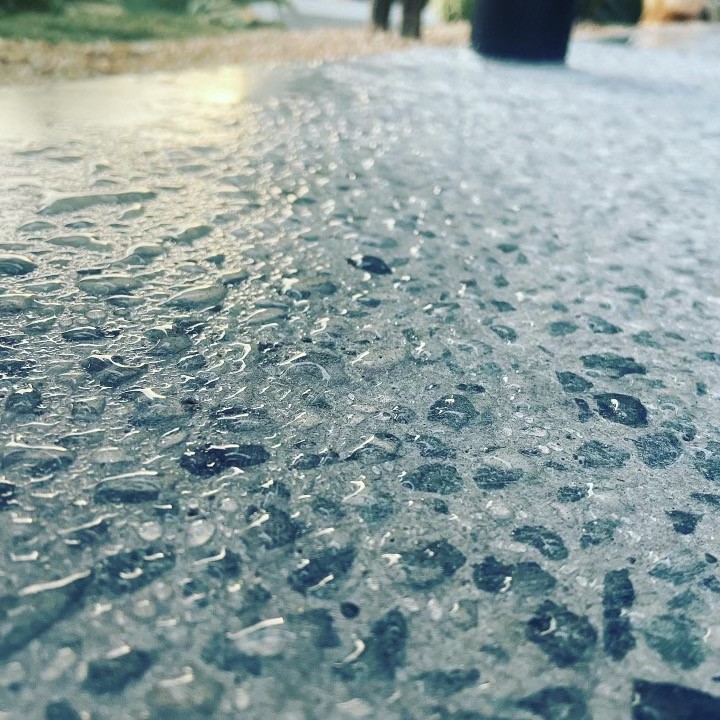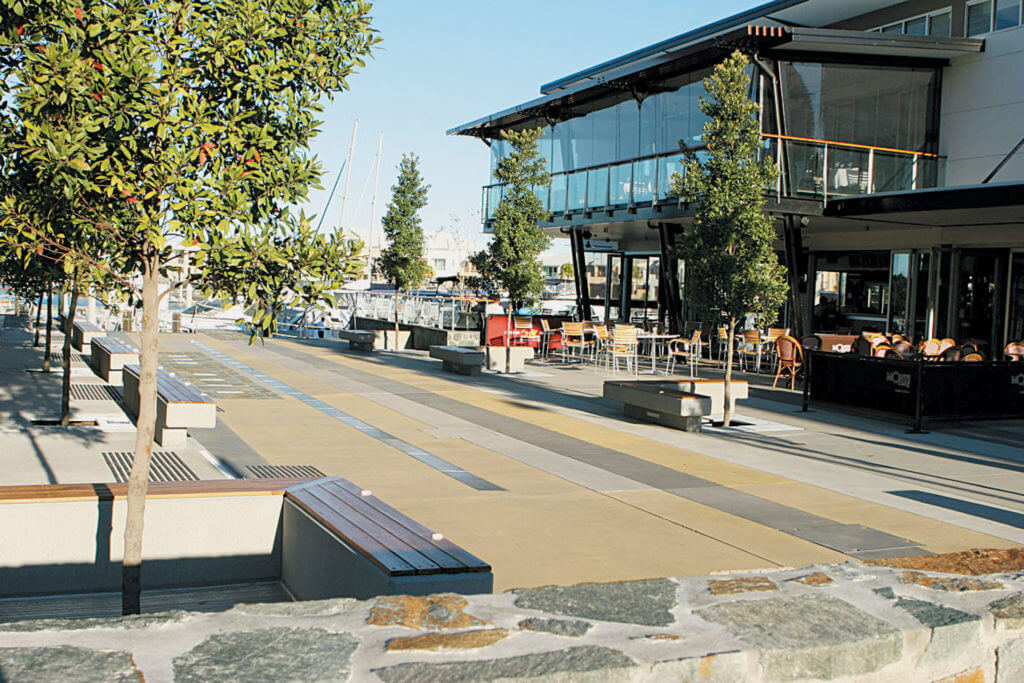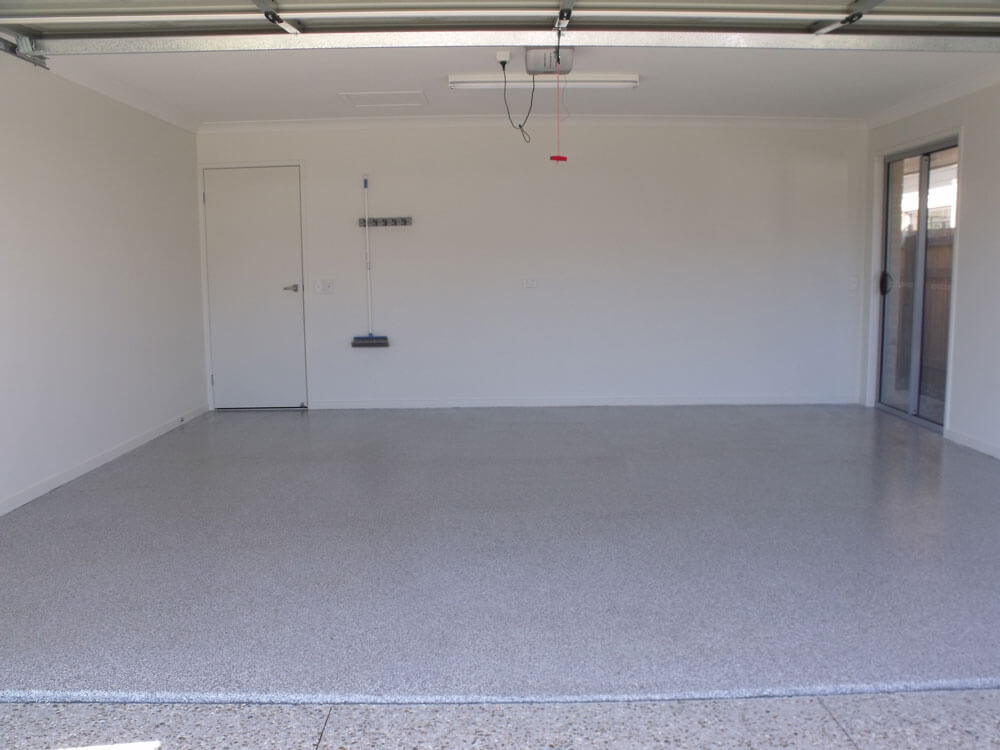Penetrating sealers are designed to protect and repel grime and moisture from concrete and are an excellent method in which to seal large areas. The main feature of this sealer segment is that, unlike topical sealers, they don’t change the surface texture therefore do not impact on the surface traction. It is this feature that sees them used mostly in commercial applications. Penetrating sealers are available in various types to suit the project, for example, water and solvent based, surface enhancing and stain blocking. These types of penetrating sealers are beneficial for various applications as follows:
- Water/solvent based
Solvent based sealers generally can impregnate further into the capillaries of the concrete. However, water-based sealers have low VOC (volatile organic compounds) and less odour, so are a very good option where those factors are a consideration such as educational and health facilities
- Surface enhancing sealers
These sealers will do as they say…slightly darken the concrete to provide a slightly richer tone which can boost the appearance of the project
- Stain blocking sealers
They are an excellent choice where protection is required against protein and food spills such as alfresco eating areas
The application of Penetrating Sealers
Penetrating sealers are applied very differently to topical sealers. The idea is to constantly and completely flood the pores of the concrete until the point of saturation. This ensures excellent protection from weather elements and grime. The method of application depends on the sealer being used however they are generally sprayed, broomed or even flooded using a watering can. In that regard, always follow the instructions on the TDS carefully. When applying penetrating sealers, it is wise to have several people involved to ensure a stress free and proper application:
- Wet on wet application
It is imperative that the previous coat does not dry as this will prevent the new coat from penetrating into the pores of the concrete
- No pooling
It is important that the sealer is not allowed to pool in lower areas of the concrete, any pooling should be quickly dispersed by brooming or other means
- Flood coats
Apply heavy coats that truly allow the sealer to saturate into the surface. Light coats will not provide much protection, if any.
Top Tips for applying Penetrating Sealers
- Do not attempt to apply penetrating sealers on windy or hot days. It is important that the concrete temperature is not to warm otherwise the sealer can dry out too quickly making the application process more difficult.
- Never apply the sealer with a roller as it is impossible to saturate the surface using this method. If applied correctly water should ‘bead off’ the surface.





